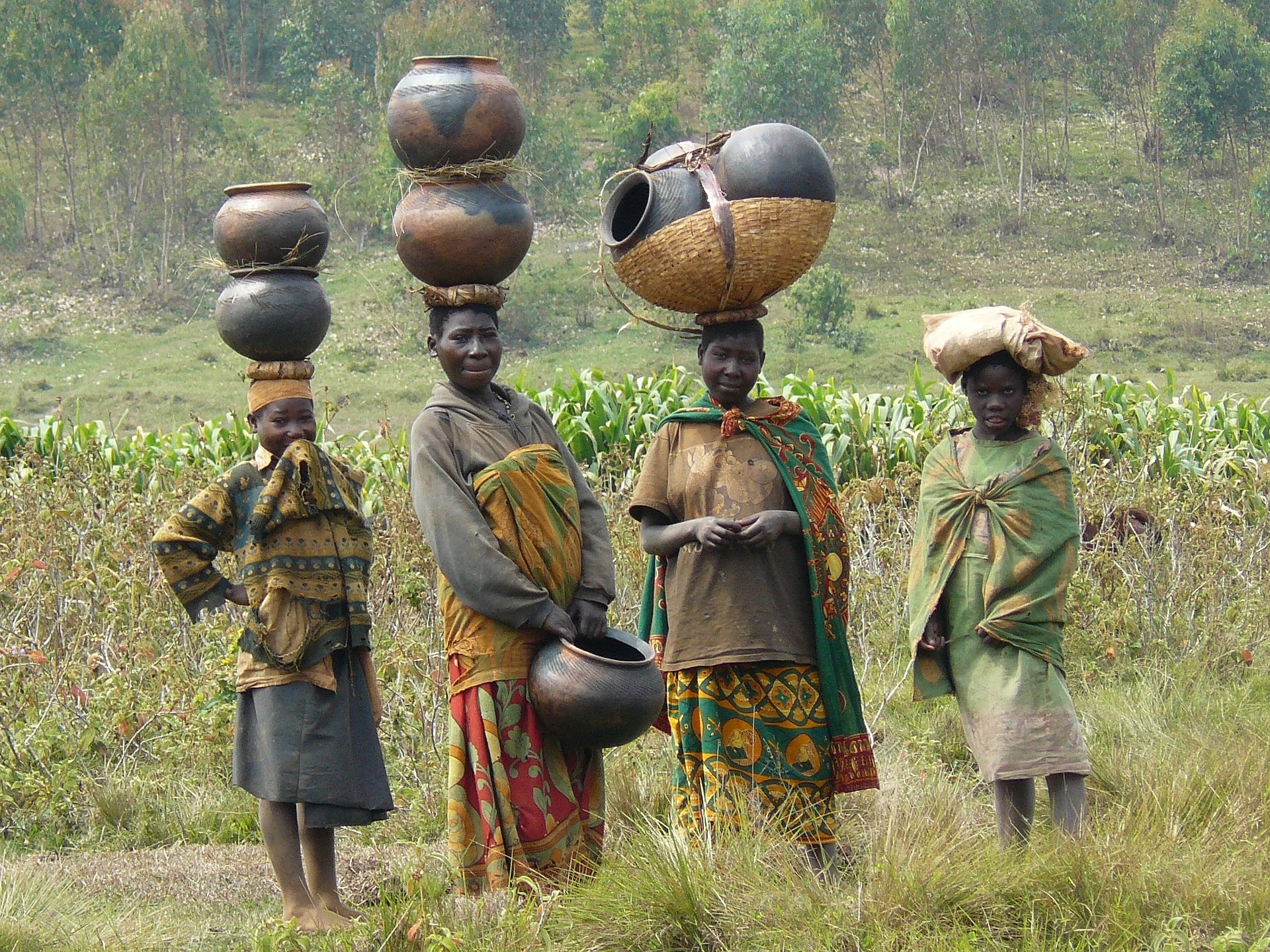 WikimediaImages/Pixabay
WikimediaImages/Pixabay
Gender differences account for different knowledge of animals and plants
Gender considerations are relevant to the achievement of the objectives of the Convention on Biological Diversity in multi-faceted ways. Pervasive inequalities shape policies, plans, actions, values, and attitudes related to the conservation and sustainable use of biodiversity resources, and can be an influential factor in decision-making around access and the sharing of benefits derived. The 2015-2020 Gender Plan of Action provides a mandate to address gender considerations, emphasizing the importance of compiling knowledge and building capacity to identify the impact of conservation and sustainable use policies and programs on relations between men and women and to reduce gender inequalities.
The roles and responsibilities of men and women in the management of biodiversity, and the ability to participate in decision-making, vary between and within countries and cultures. However, in most circumstances there are gender-based differences and inequalities, which tend to favor males. Stark gender differences are evident in economic opportunities and access to and control over land, biodiversity resources and other productive assets, in decision-making power, as well as in vulnerability to biodiversity loss, climate change and natural disasters.
To inform efficient policies regarding biodiversity conservation, sustainable use and the sharing of its benefits, we need to understand and expose gender-differentiated biodiversity practices, gendered knowledge acquisition and usage, as well as gender inequalities in control over resources. We need to consider the influences of gender differences and inequalities on the conservation and sustainable use of biodiversity, and the ways in which these differences and inequalities influence how women and men are affected by biodiversity policies, planning and programming.
More information:
2015-2020 Gender Plan of Action
Gender Perspectives on Biodiversity Fact Sheet